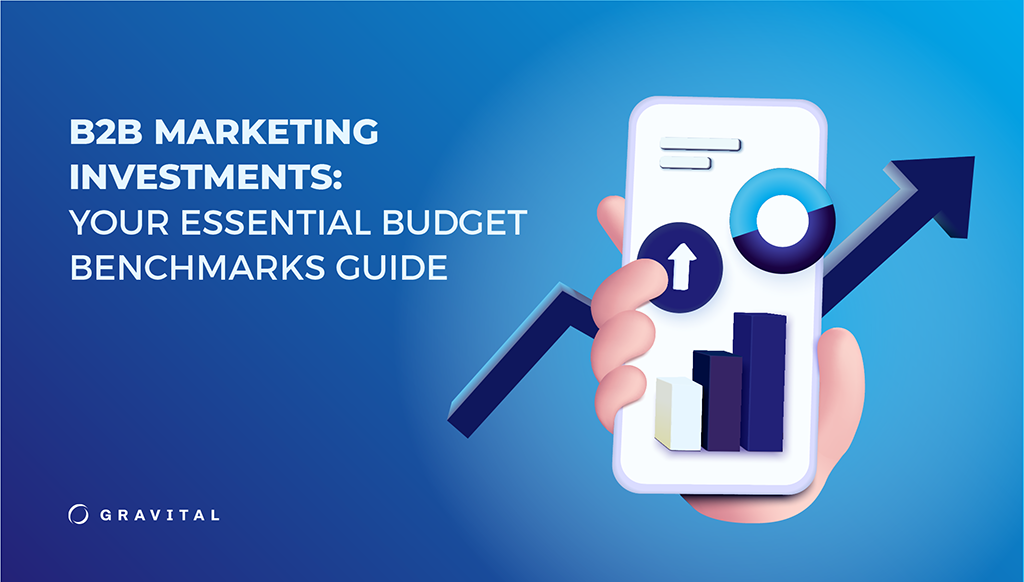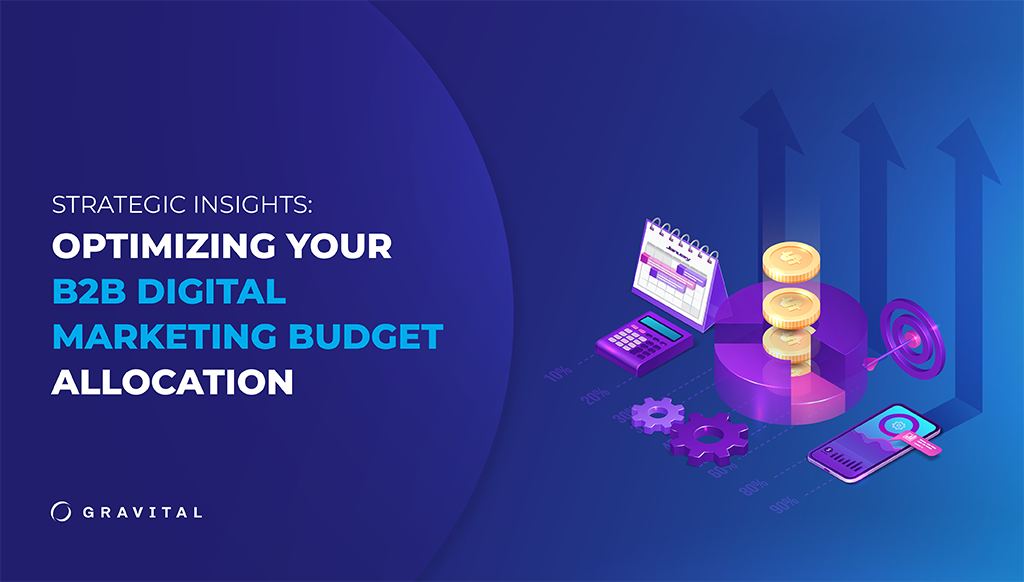7 steps to plan a budget that works for you
How much should you spend on digital marketing? How do you budget for it?
The answer depends on a variety of factors, such as your product or service, your industry, company size, business goals and resources. Spending too little or too much will either keep your target audience out or reach or choke the rest of your marketing plan.
One thing is certain: you cannot do business successfully in the 21st century without dedicating at least some portion of your marketing budget to digital efforts.
Marketers must go where the customers are, and the customers are online
Four core areas of the budget
Your digital marketing budget will need to allocate for these four main areas:
- Developing content that reaches and engages your target audience.
- Optimizing the content for high online search visibility.
- Promoting the content to attract your audience to your website.
- Distributing the content to expand your reach to new audiences.
You could attempt to accomplish these tasks by yourself (a tall order even with extensive marketing experience), but a safer and more effective approach is to collaborate with an experienced digital marketing agency or assign all of the tasks to the agency.
Content is key
The web is bursting with content. Competition for attention is incredibly fierce as a result of the massive amount of content out there and the numerous distribution channels available.
As a general rule, you should spend 20 percent of the budget in creating content and 80 percent in promoting and distributing the content.
To achieve the ultimate goal of converting website visitors and social media followers into customers, your content needs to stand out in both quality and search results.
Remarkable content must be:
- Valuable to your target audience
- Amplified, that is, well promoted and distributed to increase its reach and power
After you create, distribute and promote your content, you’ll need to measure its performance by tracking the KPIs (key performance indicators) most important for the success of your digital marketing campaign.
Digital Marketing and ROI
In digital marketing a 5:1 return on investment ratio is average, while a 10:1 ROI is excellent. Your ROI will depend greatly on your industry, the length of your sales cycle and your ability to establish and track conversions.
Create a digital marketing budget in 7 steps
1. Set clear goals
The most critical step in planning a budget is setting concrete goals for your digital marketing efforts. Trying everything to see what sticks is a waste of time and money. You need to know exactly what you’re trying to achieve.
Each goal has a slightly different approach and budget needs
For example, if you want to increase sales, you should pay more attention to conversion and retention; if your goal is to increase brand awareness, you should focus on social media and website visits.
2. Research your industry
Know what your competitors are doing. What digital marketing channels are they using to attract customers? Social media, blog posts, video, email? How high or low do they rank in search results? When budgeting for your own tactics, you need to consider how others in your industry are reaching the same target audience you’re chasing.
3. Analyze past efforts
What digital marketing tactics have you tried? Which were the most successful? Which failed? Why? Before you plan a new budget, you need to figure out what has worked and hasn’t worked in the past—for you and for your peers and competitors.
Look at every stage of the marketing funnel and what translated into more website traffic, followers, re-tweets, email subscribers, leads and sales. Allocate money based on the tactics that work and not on their actual cost. And always set aside funds for trying new strategies—some marketers recommend allocating 20 percent.
4. Eye on the future, ear to the ground
As important as what has worked in the past is what could work in the future. Digital marketing is constantly evolving. There are always new opportunities just around the corner, and those who track them and experiment with them have a first-mover advantage. Look at new trends when planning your budget.
5. Breakdown your requirements
Examine the technology and manpower you will need for your digital marketing efforts. For example, a competent social marketing campaign requires a dedicated staff for each or all networks and/or a software tool to schedule posts, depending on how extensive the campaign is. The same applies to other tactics such as video marketing and website re-designing.
Integral staff
To manage your own digital marketing, you need digital marketing staff including, at the very least, a writer with SEO experience, a marketing graphic designer and a social media manager, as well as analytics tools to measure results. Either you budget for all of these requirements or you team up with a digital marketing agency that can manage some or all of these areas for you.
6. Budget for content
Digital marketing is all about online content aimed at reaching and engaging your target audience to turn prospects into customers. The type of content you need depends on your products/services, industry, audience and business goals.
For example, in-depth articles can educate your audience about topics related to your company, products and services, while short posts on social media can raise brand awareness and engage followers. Content for a video script is different from content for an email marketing campaign, so you may need to budget for one or more expert writers to create each type of content. In the case of video, you also need to account for video equipment in your budget.
7. Crunch the numbers
Once you’ve gone through the steps above, it’s time to crunch the numbers. For this step, you could use an online marketing budget calculator (many are available online).
As a general guideline, your total marketing budget should range from 5 percent to 15 percent of your total revenue. Digital marketing should account for 10 percent to 50 percent of the total marketing budget.
One last thing
To make the biggest possible impact with your digital marketing budget, follow these best practices:
- Be consistent. Your core message should remain the same throughout all channels.
- Invest in quality. Your marketing content represents your brand, values, products and services.
- Serve your target audience. You need to know your audience in order to know what to share with them and how, when and where to do it.
- Measure results. Unlike traditional marketing, digital marketing uses analytics software that allows you to monitor the performance of your campaigns in real time and make adjustments based on what is and isn’t working.
And remember, we’re here to help.


